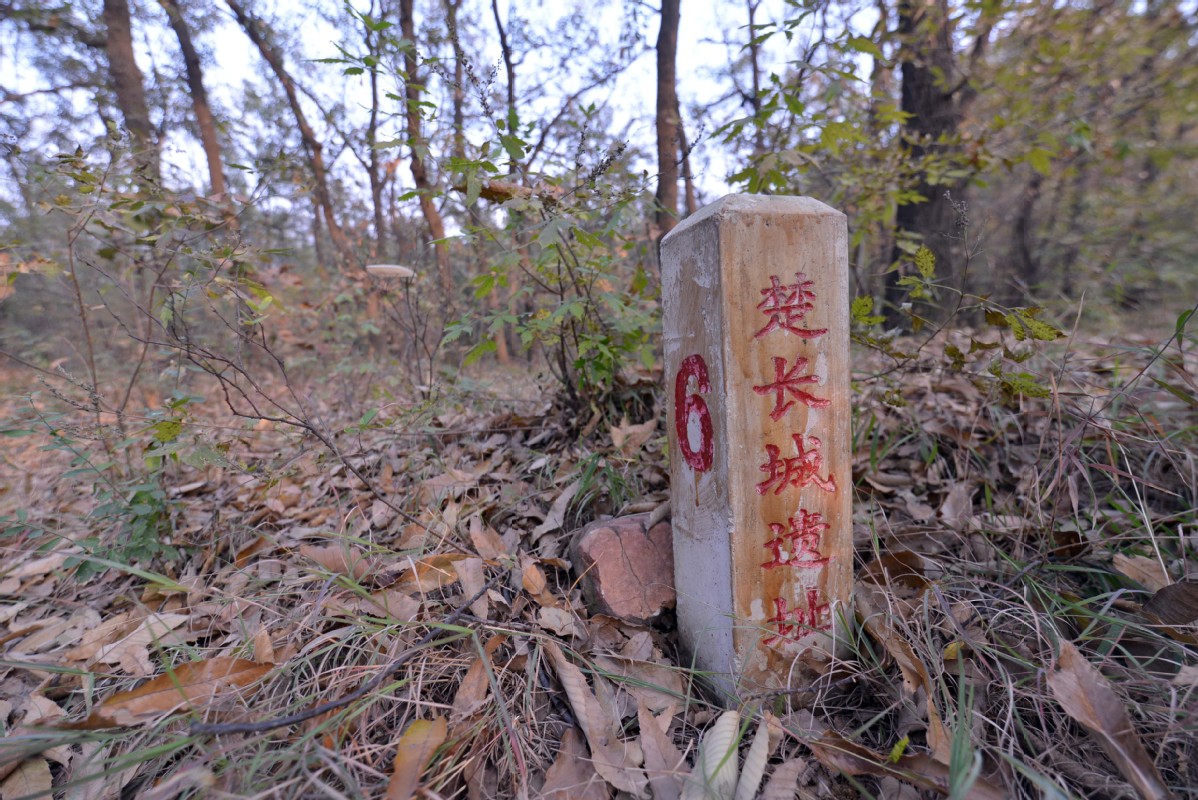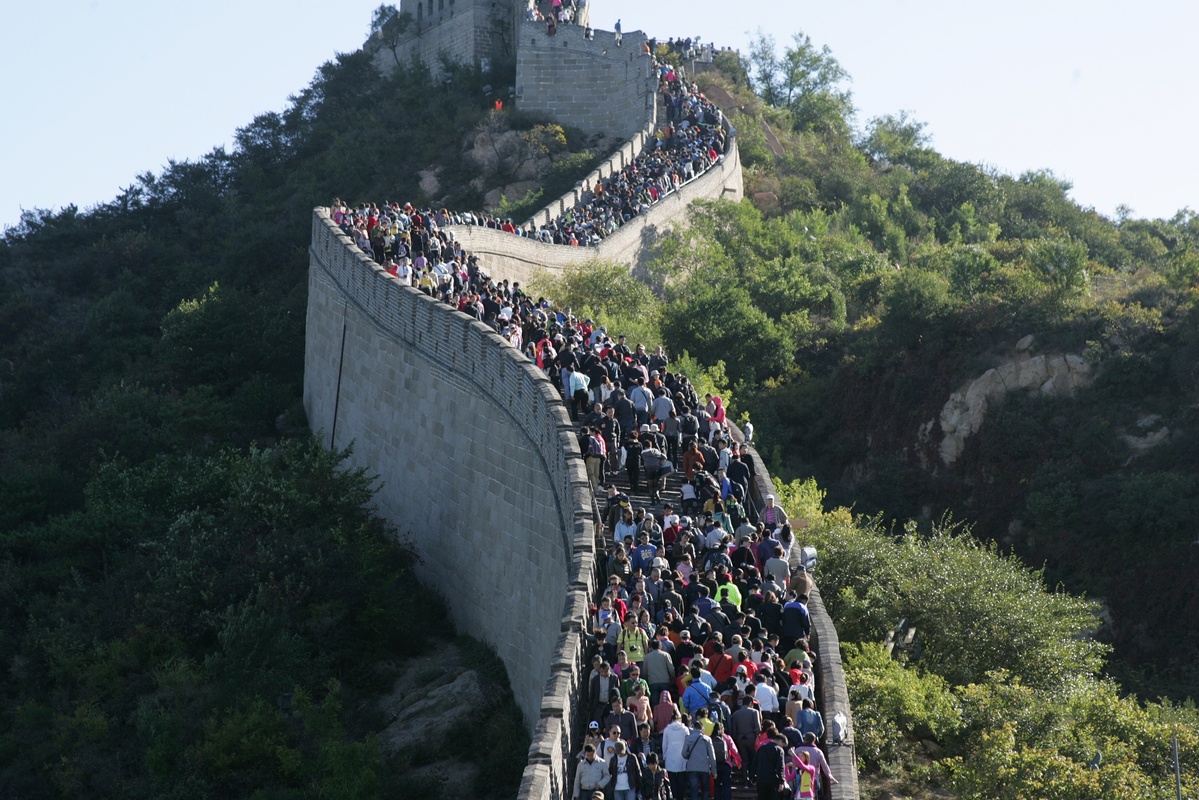Q: What and where were the earliest and latest Great Walls in China? How long did the construction of the Great Wall last?


A: The earliest Great Wall of China is the Great Wall of the State of Chu, which dates back more than 2,600 years.Chu (11th century - 223 BC) was a vassal state with independent sovereignty under the rule of the king of the Zhou Dynasty (c. 11th century - 256 BC). According to both records and field investigations, the Chu Great Wall is roughly semicircular in shape, with a total original length of nearly 500 kilometers. The length of this defense system extant today is 137.22 kilometers.
It starts from Zhushan county in Hubei province in the west, crosses the Han River in the north, transits three counties in Henan province, turns south and reaches Biyang, another county in Henan.
After the State of Chu, the states of Qi, Han, Wei, Zhao, Yan, Qin, Zhongshan and other vassal states built their own defensive Great Walls, one after another.

China's latest Great Wall was built in the early Qing Dynasty (1644-1911), mainly in Qinghai province, in response to the rebellion of Galdan(1644-1697), a Dzungar-Mongolian noble. A large part of this Qing Great Wall in Qinghai was a reuse of the Xining frontier wall built by the previous Ming Dynasty. The quality of the Ming Great Wall was so good that it was still strong enough by the time of the Qing Dynasty, so the Qing rulers did not build new walls on a large scale. In other words, the conclusion that the last Great Wall of China was the Ming Great Wall is also reasonable. Today, the best-preserved Great Wall sections, which can be safely mounted by a large number of tourists, are mostly Ming constructions. The Great Wall was built over more than 2,000 years of Chinese history.




